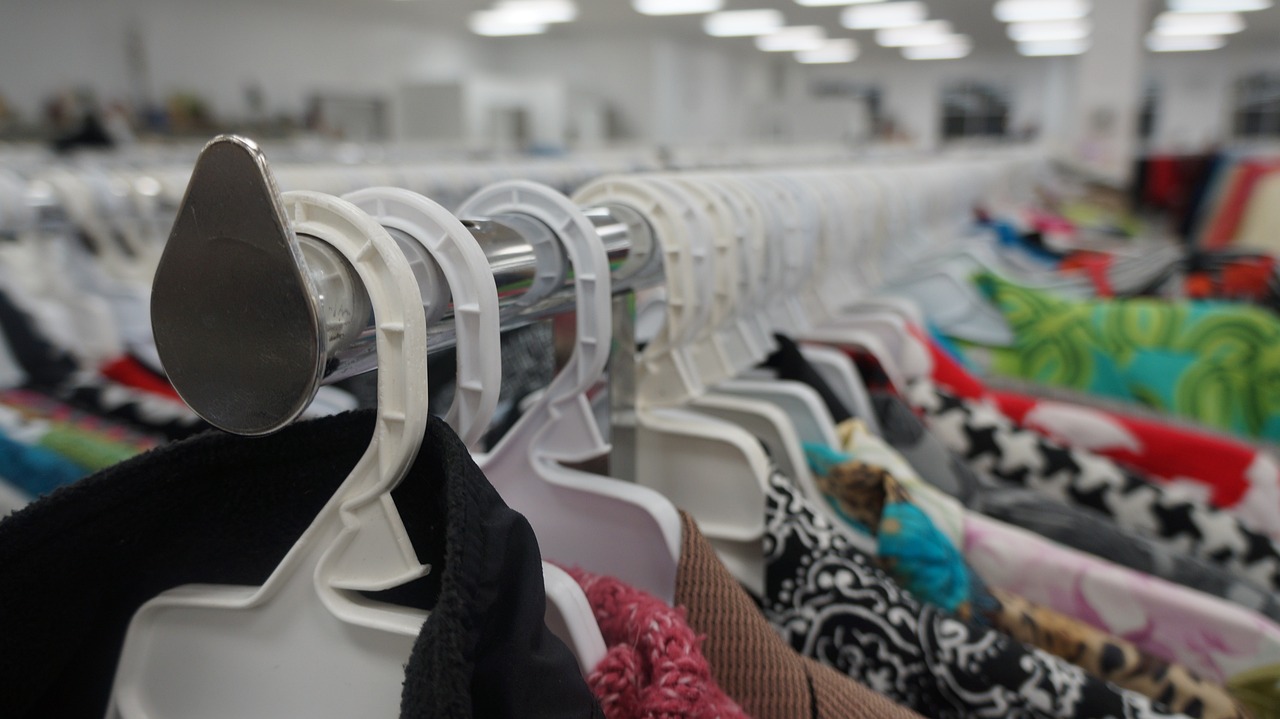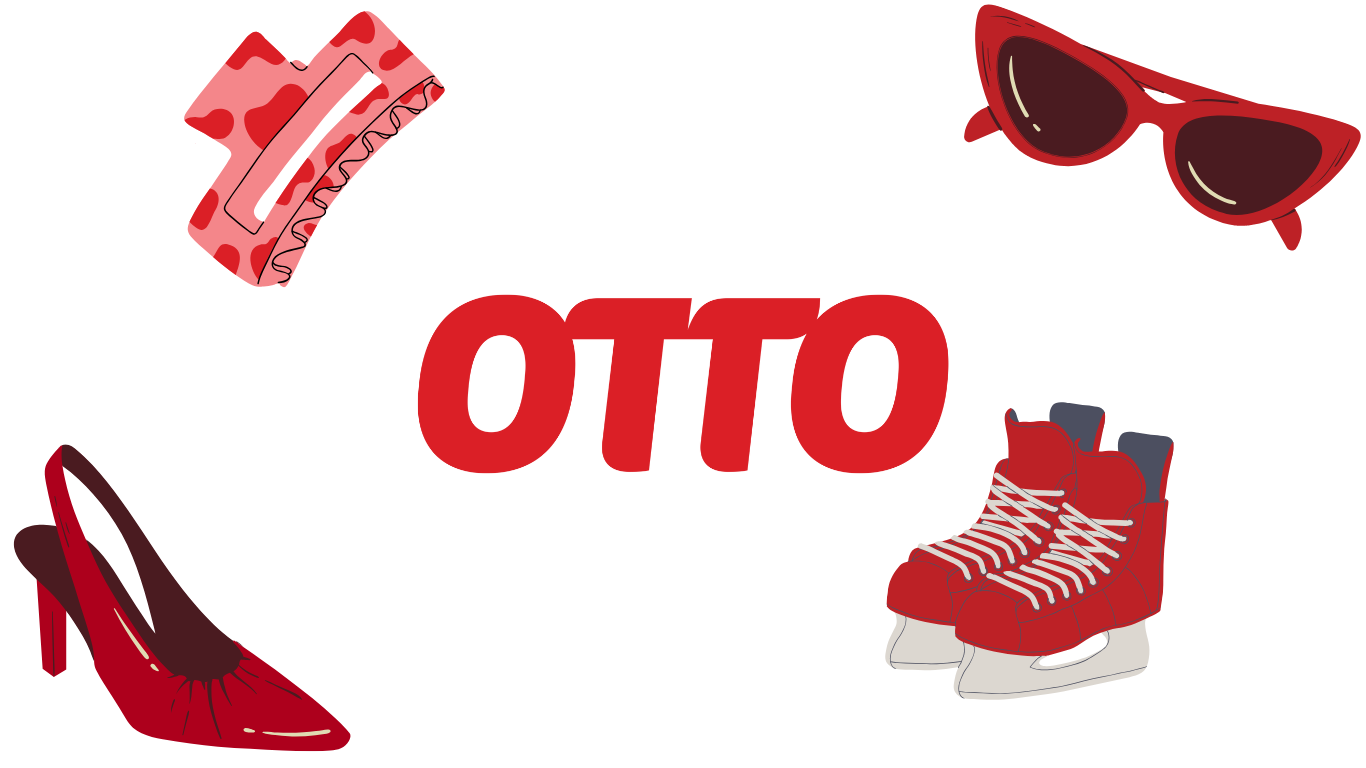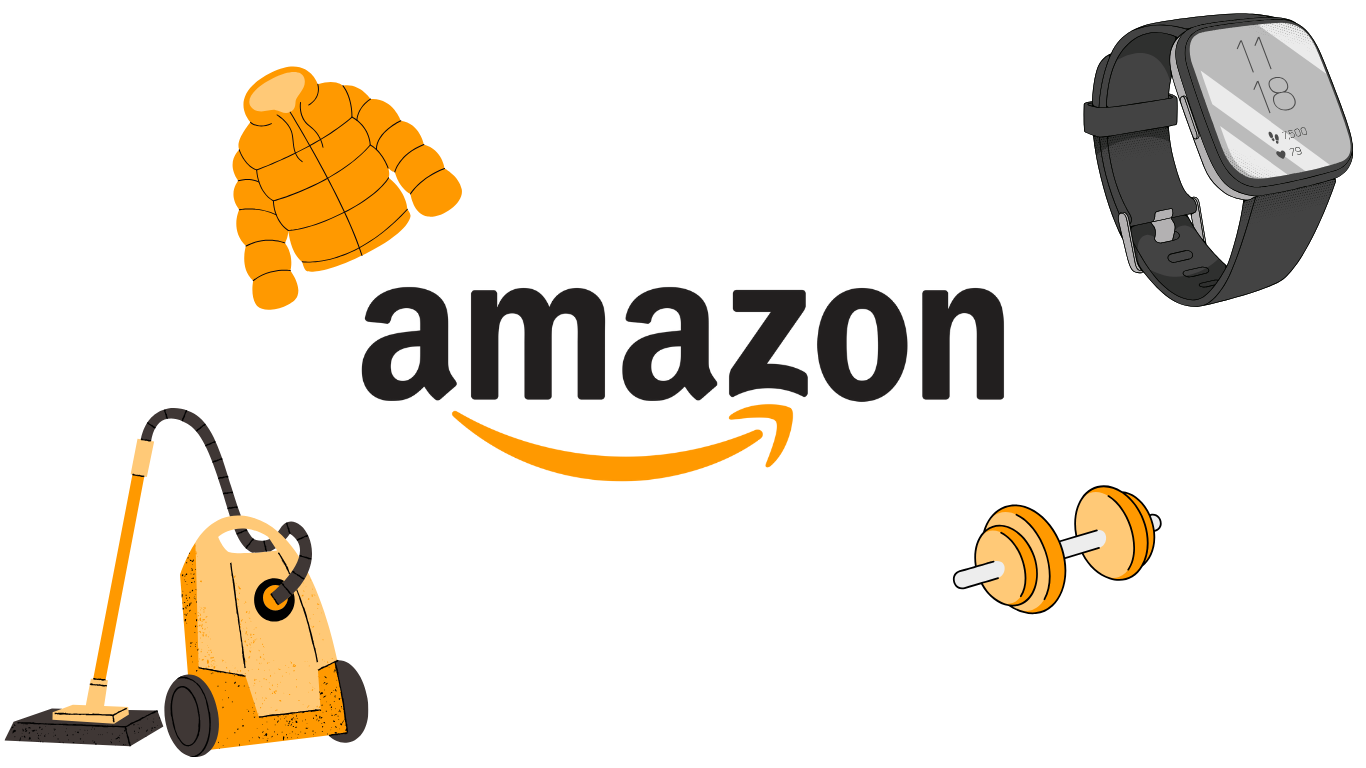Second-hand shopping has been experiencing massive growth in the past couple of years. But what are the reasons behind that growth? Thanks to the rise of the re-commerce industry, the impact of the COVID-19 pandemic as well as increased environmental awareness, second-hand shopping is becoming more popular by the day, especially among the younger generation. In this article, we’ll dive into each of these factors and see why is second-hand shopping going to be more popular in the future.

The Rise of the Re-Commerce Industry
The re-commerce industry, i.e. buying and selling second-hand and pre-loved products, has been experiencing remarkable growth in the past couple of years. According to the 2022 report by OfferUp, the second-hand industry grew by almost 15% in 2021, which is twice as fast as the regular retail market. The great news is that this growth is projected to continue over the next five years, with re-commerce expected to grow by 80% and reach a market size of $289 billion. The increasing popularity of second-hand shopping is mostly driven by consumers becoming more environmentally conscious. It comes from people who started caring about what each and every purchase they make means for the planet.
Value for Money
One of the main reasons why consumers started turning towards second-hand shopping is – you guessed it – to save money. Thrift-store shoppers, for example, save an average of $150 per month, or $1,760 per year, by buying second-hand instead of new. But second-hand shopping is not just a thrift store thing. Online second-hand shopping has seen a major increase in popularity during the COVID-19 pandemic when a huge portion of the working force found themselves jobless and started looking for more economic ways to get what they need. Luckily, many companies have invested in the resale business and many new creative businesses have been born that have made online second-hand shopping easy and accessible for everyone. Nowadays, you can even find second-hand clothes for free, thanks to technology. For example, GIFTD is an app that allows you to give away and get clothes for absolutely free. How amazing is that?
Unique and Exclusive Items
One of the biggest reasons why the re-sale market is growing so rapidly is – second-hand shopping is fun. You never know what type of hidden treasure you might stumble upon in a tiny thrift store. The possibility of finding unique items is a huge factor that explains why second-hand shopping is continuously gaining in popularity. In some cases, buying second-hand is the only way to get your hands on limited-edition treasures, such as highly popular limited-edition sneakers.

Sustainability factor
Second-hand shopping has a massive positive impact on the environment and, luckily, it’s becoming increasingly popular as people are becoming more aware of their carbon footprint. By buying second-hand instead of new, consumers are reducing their carbon emissions, saving resources and preventing tons and tons of still perfectly good items from ending up in landfills. This is where the term circular economy comes into place. The circular economy aims to reduce the use of natural resources for producing new goods and consequently, cut carbon emissions significantly. Making our economy more circular is going to play a crucial role in achieving climate neutrality by 2050.
Now let’s talk about fashion. The fashion industry is one of the biggest polluters on Earth with CO2 emissions exceeding 1.7 billion tons each year. That’s more than all air and sea travel combined. Furthermore, the fashion industry is the second biggest consumer of water. For example, it takes about 700 gallons to produce one regular cotton shirt and 2 000 gallons of water to make just one pair of jeans. By buying second-hand fashion instead of new, you can drastically reduce the amount of water and electricity used for producing new clothes.
Role of Technology
With technology taking 10 steps forward every day, online second-hand shopping is becoming easier and more user-friendly every day. The exponential growth of re-commerce marketplaces such as Backmarket, eBay, Sellpy, and Refurbed made online second-hand shopping more time-efficient and convenient for those who don’t enjoy going through a pile of second-hand stuff in crowded thrift stores. Even AI came into play here. Take the faircado browser extension as an example. Faircado partnered up with over 50 of the largest second-hand players on the market and enlisted over 10 million products, making it easier for consumers to find second-hand alternatives to the products they are shopping for online. With tech solutions such as this, it’s no wonder that second-hand shopping is going to become more popular in the future.
The Importance of Second-Hand Shopping for the Economy
Besides the personal benefits, second-hand shopping has a massive impact on the economy as well. The growth of the re-commerce industry is creating new jobs and boosting local economies, as more people are starting their own re-sale businesses or working for the existing big players in the industry. This growth is driving innovation and investments in new technologies, as most companies are looking for creative ways to make second-hand shopping easier and more accessible for consumers.
Another important economic benefit of second-hand shopping is an obvious one – it reduces waste. Significantly. Let’s take fashion as an example. Out of the 100 billion clothing items that are produced every year, almost 92 million tons end up in landfills. That would be the same as dumping a truck full of clothes in landfills every second.
By extending the life cycle of these products, consumers are reducing the demand for new products and the waste that comes with manufacturing and disposal. Second-hand shopping can reduce waste significantly and it can help preserve our precious resources and reduce the environmental impact of overconsumption.
The Future of Second-Hand Shopping
All things considered, the future of the re-commerce industry is looking bright. With the rapid growth of the re-commerce industry, the pandemic’s impact, and increasing environmental awareness among consumers, it’s clear that there’s a lot to be excited about. But, perhaps even more exciting are the tech solutions that are making second-hand shopping easier and more accessible than ever before.
This exponential growth of the re-commerce industry is bringing in innovation and investment in new technologies that are making second-hand shopping as easy and convenient as shopping on well known e-Commerce marketplaces. Exactly what we need to make our economy circular!
For more tips and tricks on how to live a more sustainable lifestyle, check out our magazine.









